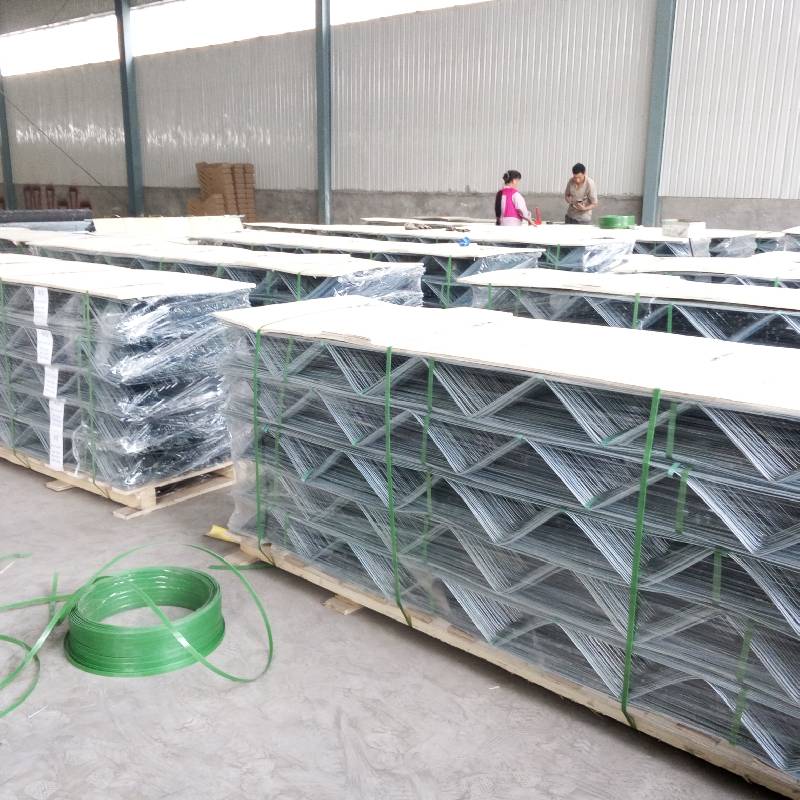
- Mobile Phone
- +8613931874955
- sales@cntcmetal.com
Seismic Resilience of Brick Structures through Enhanced Tie Systems
Seismic Brick Ties Ensuring Structural Integrity in Earthquake-Prone Areas
In regions susceptible to seismic activities, ensuring the structural integrity of buildings is paramount. One critical component often overlooked in seismic design is the role of ties, specifically seismic brick ties. These essential elements ensure that brick and masonry structures maintain their strength and stability during and after an earthquake, thereby safeguarding both lives and property.
Understanding Seismic Brick Ties
Seismic brick ties are connectors that bond brickwork to the underlying structural framework of a building. By effectively tying the masonry to the frame, these ties limit the movements that can lead to structural failure during seismic events. In essence, they serve as the backbone for maintaining the cohesion of the structure, ensuring that individual bricks do not disengage and create hazardous debris during an earthquake.
The Importance of Seismic Ties in Brick Construction
Brick structures, while aesthetically pleasing and durable, exhibit certain vulnerabilities during seismic events. Unlike steel or concrete, traditional brick can be brittle and may not withstand the lateral forces exerted by an earthquake. Seismic ties enhance the resilience of brick buildings by allowing the masonry to move in unison with the structural frame. This mitigates the risk of cracks, separation, or collapse.
In addition, seismic ties help distribute seismic forces evenly throughout the structure. This distribution is crucial in preventing localized failures, which can lead to catastrophic results. By ensuring that brick walls remain connected to the frame, seismic ties allow buildings to perform more as a cohesive unit rather than as isolated segments.
Types of Seismic Brick Ties
There are several types of seismic ties, each designed to meet specific building needs and codes. The choice of tie depends on various factors, including the type of brick, the height of the structure, and local regulatory requirements.
seismic brick ties

1. Metal Ties Made from galvanized steel or stainless steel, these ties are commonly used due to their strength and durability. They can be installed horizontally or vertically, offering flexibility in design.
2. Fiber-Reinforced Polymer Ties A modern alternative to metal ties, these ties offer excellent resistance to corrosion and are lightweight. They are increasingly popular in coastal areas where exposure to salt and moisture can degrade metal connections.
3. Screw Anchors and Pins These provide a direct connection between the masonry and the structural frame. They are essential for ensuring our brickwork remains anchored and resistant to movement during seismic events.
Material Specifications and Installation Requirements
Proper specification and installation of seismic brick ties are critical for their effectiveness. Building codes often dictate the number and placement of ties based on the building’s height and brick type. Typically, ties should be spaced closely enough to prevent excessive lateral movement yet not so tightly that the brickwork becomes rigid and unable to flex during a quake.
Installation should occur during the construction phase to ensure that the ties are adequately embedded within the mortar. Regular inspections and maintenance are necessary to confirm that the connections remain intact and effective over time.
Conclusion
As urban areas grow and the threat of seismic activity remains a real concern, the importance of seismic brick ties cannot be overstated. These seemingly simple components play a crucial role in the safety and longevity of brick structures. By ensuring that brick masonry walls connect securely to the building's frame, seismic ties help safeguard lives and reduce potential property damage during an earthquake.
Architects, engineers, and builders must prioritize the proper design and installation of seismic ties in their projects, respecting local building codes and best practices in seismic design. By doing so, they contribute significantly to creating safer communities that are better prepared to face the challenges presented by earthquakes. In an age where resilience and sustainability are key factors in construction, understanding and implementing adequate seismic protection measures, such as seismic brick ties, is an irrefutable necessity.
share:
-
Why Sacrificial Formwork Is Redefining Underground ConstructionNewsJun.06,2025
-
The Structural Dynamics of Modern Concrete: How Snake Spacers Revolutionize Flexible ReinforcementNewsJun.06,2025
-
Snake Spacers Smart-Lock Concrete Reinforcement with Surgical PrecisionNewsJun.06,2025
-
Snake Spacers: Reinforcement Precision for Modern Concrete ProjectsNewsJun.06,2025
-
Snake Spacers Powering Concrete's Structural DNANewsJun.06,2025
-
Slither into Success: Snake Spacers' Precision Bite for Unbreakable ReinforcementNewsJun.06,2025
-
Sacrificial Formwork: Building Stronger, Faster, and Safer StructuresNewsJun.06,2025



















